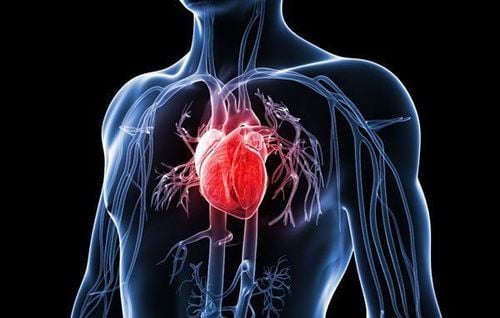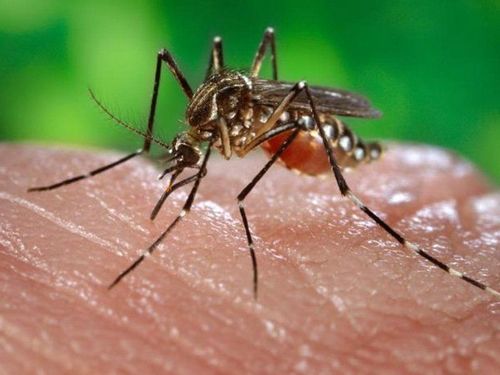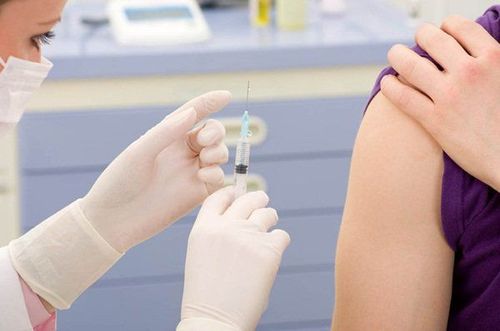This is an automatically translated article.
In the mid-1980s, public health practice defined epidemiology as consisting of five main goals. Recently, epidemiology has been added new tasks.
1. Monitoring public health
The ongoing collection, analysis, interpretation and dissemination of health data to help guide decision making and action about public health is public health monitoring. This is one of the core functions of epidemiology.
The goal of public health surveillance, also known as information for action, is to describe ongoing epidemics and potential epidemics for which investigation, control, and prevention measures can be applied. effectively.
These tasks are accomplished through the systematic collection and evaluation of morbidity and mortality reports and related health information. Disseminate and interpret these data to those involved in disease control and public health decision-making.
Mortality and morbidity reports are a common source of surveillance data for state and local health departments. These reports are typically submitted by healthcare providers, infection control physicians, or laboratories that are required to notify the medical department of any patient with a reportable illness. such as whooping cough , meningococcal meningitis or AIDS .
Other health-related data sources used for surveillance include reports from individual case and disease cluster investigations, public health program data such as immunization coverage in the community , disease registration and public health surveys.
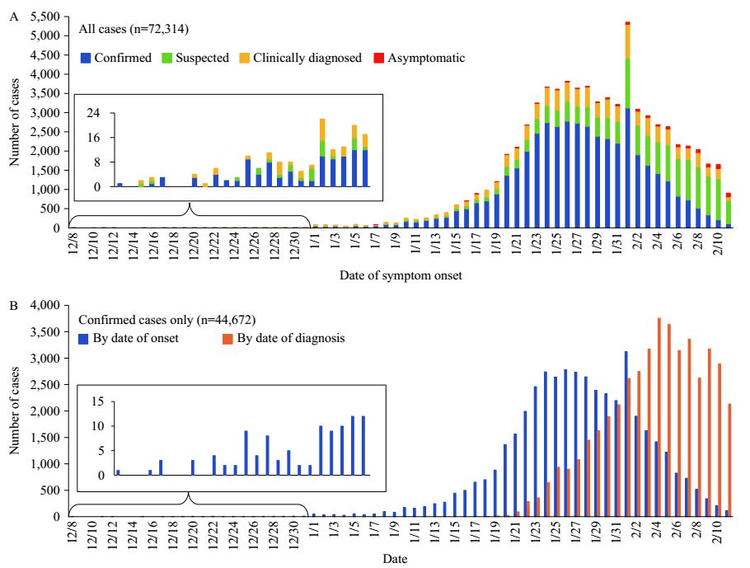
Dịch tễ học là thu thập, phân tích, đánh giá các dịch bệnh cộng đồng
Usually, surveillance relies on simple systems to collect a limited amount of information about each case. Although not every case is reported, health officials regularly review the case reports they receive and look for patterns among them.
These missions have proven invaluable in detecting problems, evaluating programs, and guiding public health action.
Although public health surveillance has traditionally focused on infectious diseases, surveillance systems currently exist with targets that include trauma, chronic disease, genetics and birth defects, and occupational diseases. and potentially related to the environment and health behaviour.
Since September 11, 2001, a variety of electronic report-based systems have been introduced, including systems for reporting daily emergency department visits, over-the-counter drug sales and absence of workers.
As epidemiologists may require the use of these new surveillance systems, the epidemiologist's core competencies should include the design of data collection tools, data management, methods methods of describing and graphing, interpreting data, and writing and presenting science.
2. Investigate the scene
One of the first jobs that comes out of a surveillance case report or a cluster report is an investigation by the public health department. The investigation may be limited to a phone call to a healthcare provider to confirm or clarify reported cases, or it may involve a field investigation. requires a concerted effort by those involved to describe the extent of the epidemic and to determine its cause.
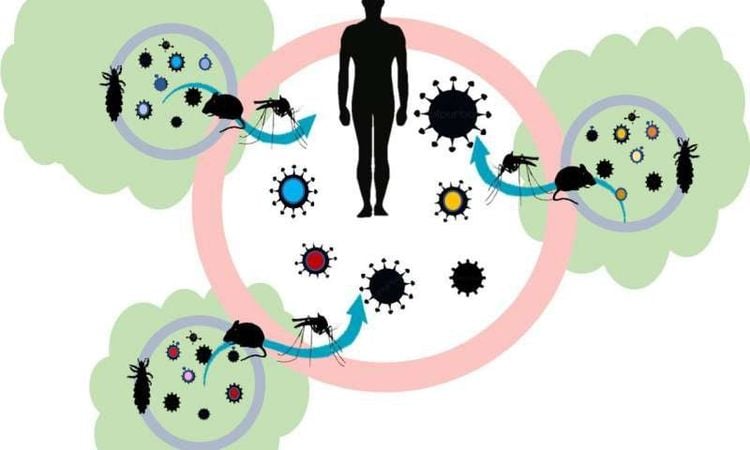
Dịch tễ học giúp điều tra mức độ lây nhiễm của dịch bệnh
The objectives of such investigations are also different. Investigations often aim to identify more people with unreported or unrecognized illnesses who may go on to infect others.
For example, one of the hallmarks of investigating people with STIs is the identification of the patient's sexual partner or relationship. When interviewed, many of these people were found to be infected without knowing it and received the treatment they didn't realize they needed. Identifying and treating these conditions prevents the condition from spreading.
In some cases, the goal of an investigation may be simply to learn more about the natural history, clinical spectrum, descriptive epidemiology, and risk factors of the disease before determining What interventions might be appropriate?
Early investigation of the 2003 SARS outbreak is needed to establish case definitions based on clinical presentation and characterizing at-risk populations over time, location, and person. As more is understood about the epidemiology of the disease and its transmissibility, appropriate recommendations regarding isolation and quarantine have been issued.

Điều tra bệnh lây nhiễm qua đường tình dục cần xác định được bạn tình
3. Analytical research
To determine the cause and mode of transmission and control measures, appropriate disease prevention is often close to surveillance and field investigation. However, some other analytical studies need to use more rigorous methods. This is necessary.
Often methods are used in combination - with surveillance and field investigations providing clues or hypotheses about the causes and modes of transmission, while analytical studies assess the reliability of that hypothesis.
Frequent outbreaks or clusters are initiated with descriptive epidemiology. Descriptive methods involve the study of disease incidence and spread over time, place, and person. This includes calculating rates and identifying parts of the population that are at higher risk than others.
Sometimes, when the association between exposure and disease is quite strong, the investigation can be stopped when the descriptive epidemiology is complete and control measures can be implemented immediately.
John Snow's 1854 cholera survey is an example. Descriptive studies, like case investigations, generate hypotheses that can be tested by analytical studies. While some fieldwork is being carried out in response to acute health problems such as epidemics, more studies are planned.

Nghiên cứu, phân tích là một trong những chức năng cốt lõi của dịch tễ học
Characteristic of an analytic epidemiological study is the use of a valid comparison group. Epidemiologists must be skilled in all aspects of such studies, including the design, conduct, analysis, interpretation, and communication of results.
Design includes determining the appropriate study strategy and study design, justifications and protocols, calculating sample size, deciding on criteria for subject selection (e.g. developing definition case), select the appropriate comparison group and design the questionnaire. Conduct related to ensuring proper clearance and approval, following appropriate ethical principles, abstracting records, tracking and interviewing subjects, collecting and handling specimens, and data management. The analysis begins with characterization of the subjects, proceeds to the calculation of proportions, the creation of comparison tables, and the calculation of measures of association, tests of significance, confidence intervals. ... most epidemiological studies require more advanced analytical techniques such as stratified analysis, regression, and modeling. Finally, interpret the information relevant to the study results, in order to provide sound messages and recommendations.
4. Rating
Evaluation of public health services and other health activities is an important role of epidemiology. Evaluation is the process of determining as systematically and objectively as possible, the suitability, effectiveness and impact of activities in relation to stated objectives.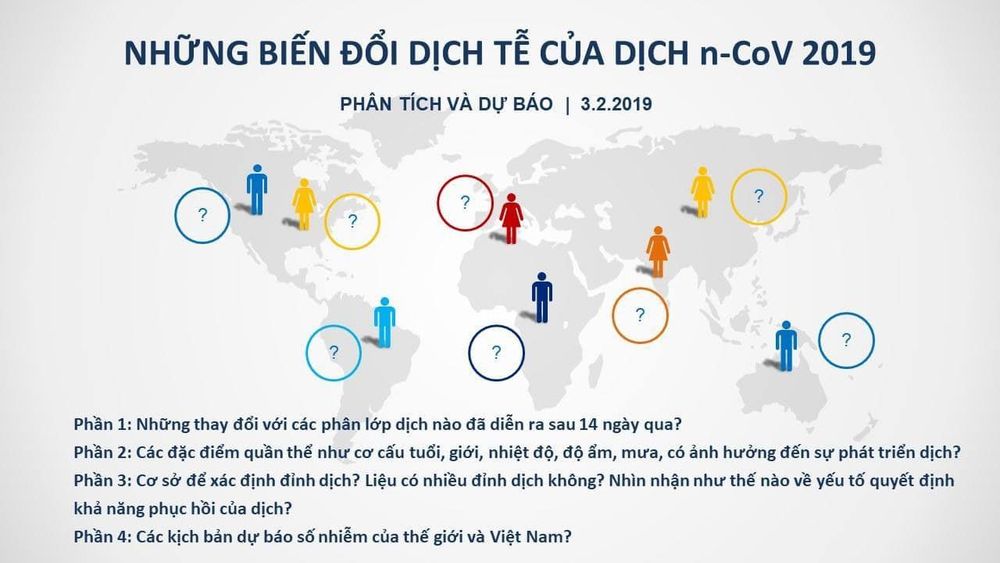
Đánh giá là chức năng cốt lõi của dịch tễ học
Effectiveness refers to the outcome of a medical program that produces the intended results; This efficiency is the ability to produce results under ideal conditions. Effectiveness refers to the outcome of a health program that produces the intended results with minimal cost of time and resources. The assessment itself can focus on plans (process assessment), activities (process assessment), impact (summary audit) or results - or any combination of these. this mission.
For example, evaluating immunization programmes, can assess the effectiveness of activities, the proportion of the target population immunized, and the apparent impact of the program on the incidence of preventable diseases. vaccine preventable.
Similarly, evaluating a surveillance system can address the system's operations and attributes, its ability to detect cases or outbreaks, and its usefulness.
5. Linking relevant agencies
Epidemiologists working in public health settings rarely act alone. In fact, field epidemiology is often thought of as a team sport. In an investigation, an epidemiologist often participates as a member or leader of a multidisciplinary team.

Cuộc điều tra dịch tễ học là sự phối hợp đa ngành của các chuyên gia
Other team members may be workers, hygienists, infection control personnel, nurses or other clinical staff, and may include computer information specialists.
Many outbreaks cross both geographic regions and jurisdictions, so investigators may come from local, state or federal levels of government, academic institutions, clinical settings . In order to foster current and future inter-agency collaboration, epidemiologists need to maintain relationships with staff from other agencies and organizations.
6. Policy Development The most important function in epidemiology is the application of these studies to the control of health-related problems. Epidemiologists generally understand a problem and the scale of the epidemic in which it occurs is often in a qualified position to recommend appropriate interventions.
As a result, public health epidemiologists regularly provide input, testimony, and recommendations regarding disease control strategies, reportable disease regulation, and policy. health care.
Please dial HOTLINE for more information or register for an appointment HERE. Download MyVinmec app to make appointments faster and to manage your bookings easily.
Articles source references: CDC, Who.int



